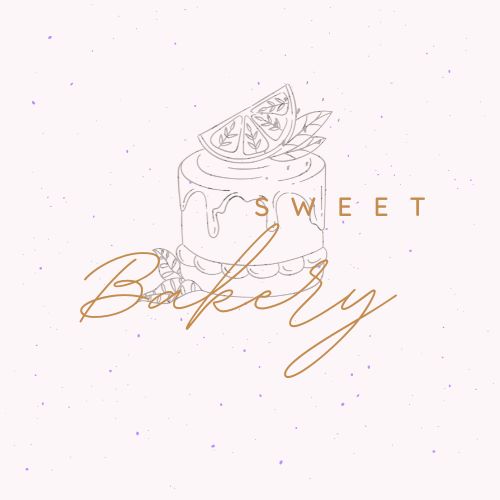A cake is more than just a dessert; it’s a canvas for creativity and a symbol of celebration. Whether you’re preparing a cake for a special occasion or simply indulging your sweet tooth, learning how to bake the perfect cake is a delightful culinary adventure. In this comprehensive guide, we will explore the art of cake making, from selecting the finest ingredients to mastering the baking process. Get ready to embark on a cake-baking journey that will leave you with a moist, fluffy, and utterly delectable treat.
Table of Contents
- Description
- Essential Ingredients
- Equipment
- Step-by-Step Instructions a. Preparing the Cake Batter b. Baking the Cake c. Testing for Doneness d. Cooling and Frosting
- Decorating Your Cake
- Conclusion

1. Description
A cake is a sweet, spongy, and often layered dessert that has been a beloved part of culinary traditions worldwide for centuries. It comes in countless flavors, shapes, and sizes, making it a versatile canvas for bakers to express their creativity. Whether you opt for a classic vanilla cake or a decadent chocolate creation, the result should be a treat that pleases both the eye and the palate. A well-baked cake boasts a tender crumb and a moist, flavorful interior that keeps you coming back for another bite.
2. Essential Ingredients
Before you embark on your cake-baking journey, gather the essential ingredients:
For the Cake:
- 2 1/2 cups all-purpose flour
- 2 1/2 tsp baking powder
- 1/2 tsp baking soda
- 1/2 tsp salt
- 1 1/2 cups granulated sugar
- 3/4 cup unsalted butter (room temperature)
- 4 large eggs (room temperature)
- 2 tsp pure vanilla extract
- 1 cup buttermilk (room temperature)
For the Frosting:
- 1 cup unsalted butter (room temperature)
- 4 cups powdered sugar
- 1/4 cup milk or heavy cream
- 1 tsp pure vanilla extract
- Food coloring or flavor extracts (optional)

3. Equipment
To create the perfect cake, you’ll need some essential equipment:
- Two 9-inch round cake pans
- Parchment paper
- Mixing bowls
- Electric mixer or stand mixer
- Rubber spatula
- Wire cooling racks
- Cake leveler (optional)
- Cake decorating tools (optional)
4. Step-by-Step Instructions
a. Preparing the Cake Batter
- Preheat Your Oven: Start by preheating your oven to 350°F (175°C). Grease and line the bottoms of your cake pans with parchment paper.
- Sift Dry Ingredients: In a mixing bowl, sift together the flour, baking powder, baking soda, and salt. Sifting ensures a smoother batter.
- Cream Butter and Sugar: In another large bowl, cream together the softened butter and granulated sugar until light and fluffy. This process incorporates air into the batter for a tender cake.
- Add Eggs and Vanilla: Beat in the eggs, one at a time, ensuring each is fully incorporated. Mix in the vanilla extract.
- Alternate Dry and Wet Ingredients: Gradually add the dry ingredients and buttermilk to the wet mixture, starting and ending with the dry ingredients. Mix until just combined. Be cautious not to overmix, as this can result in a dense cake.
b. Baking the Cake
- Divide Batter: Divide the cake batter evenly between the prepared cake pans.
- Smooth Tops: Use a spatula to level and smooth the tops of the batter in the pans. This ensures an even cake surface.
- Bake: Place the pans in the preheated oven and bake for 25-30 minutes or until a toothpick inserted into the center comes out clean. The baking time may vary slightly depending on your oven.
c. Testing for Doneness
- To check for doneness, insert a toothpick or cake tester into the center of the cake. If it comes out clean or with a few crumbs clinging to it, the cake is done.
- Remove the cakes from the oven and allow them to cool in the pans for about 10 minutes.
d. Cooling and Frosting
- After the initial cooling, remove the cakes from the pans and place them on wire racks to cool completely.
- While the cakes cool, you can prepare the frosting. In a mixing bowl, beat the softened butter until creamy.
- Gradually add powdered sugar, milk or heavy cream, and vanilla extract to the butter, beating until the frosting is smooth and spreadable.
- Once the cakes are completely cooled, you can frost and decorate them as desired.

5. Decorating Your Cake
Decorating your cake allows you to add a personal touch. You can use additional frosting, sprinkles, edible flowers, or fondant to create beautiful designs. Get creative and let your imagination run wild!
6. Conclusion
Baking a cake is a delightful journey that rewards your efforts with a delicious and visually appealing dessert. Armed with high-quality ingredients, the right equipment, and this step-by-step guide, you’ll be well on your way to creating memorable cakes for any occasion. Whether you’re a beginner or a seasoned baker, the joy of making and sharing a homemade cake is an experience that truly sweetens life. So, roll up your sleeves, preheat that oven, and start baking your way to cake perfection!



